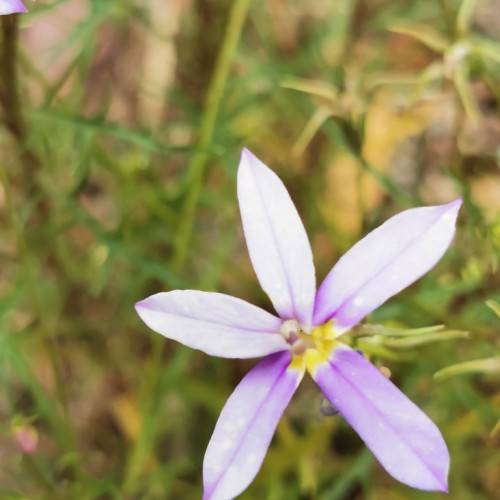
laurentia
Isotoma axillaris
Cycle:
Herbaceous Perennial
Watering:
Average
Hardiness Zone:
10 - 11
Flowers:
Flowers
Sun:
Full sun
Growth Rate:
Low
Maintenance:
Moderate
Drought Tolerant:
Yes
Salt Tolerant:
Yes
Care Level:
Medium
watering
Watering a Laurentia (Isotoma axillaris) requires watering approximately every 7-10 days. The amount of water to apply each time will vary depending on the type and size of the pot, the potting media, and how quickly the soil dries out. In general, water when the top of the soil becomes dry or the leaves start to droop. When watering, saturate the soil until water starts draining out the bottom of the pot. Allow the soil to dry out some before watering again. During the winter months, reduce watering to every 2-3 weeks. If the soil surface feels dry to the touch, it may be time to water.
sunlight
Laurentia (Isotoma axillaris) is a sun-loving plant that requires ample sunlight throughout the day. This plant species does best in sunny spots where it can receive at least 5 to 6 hours of direct sunlight each day. In general, Laurentia prefers full sun during the morning hours with partial sun during the afternoon hours, as it is more sensitive to afternoon sun heat. If planted in a shadier spot, it may not flower as well and may have fewer blooms. If you can’t provide Laurentia with at least 5 hours of direct sun coverage, it may not thrive as well as it could with more sun exposure.
pruning
Laurentia (Isotoma axillaris) is best pruned in early spring or early summer. To keep the evergreen shrub's shape and promote growth of new stems and flowers, laurentia should be heavily pruned once every 2 or 3 years. Pruning should be done by cutting away the stems that are lanky or straggly and thinning out some of the foliage. This will encourage a denser and more compact shape for the laurentia. Additionally, any dead or diseased stems should be cut away and discarded.
